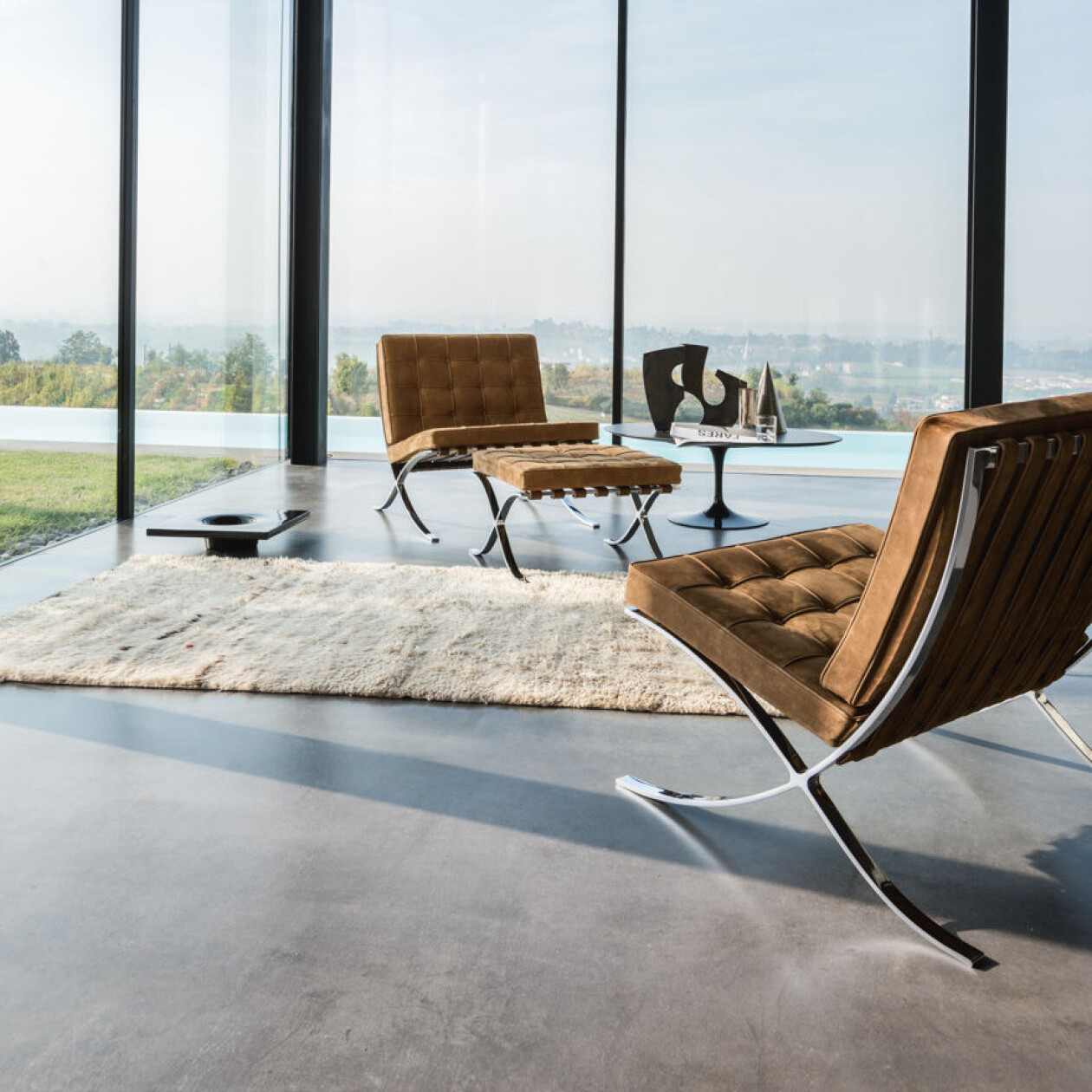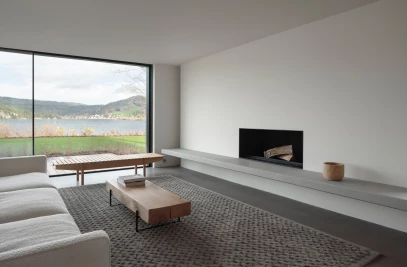Architecture has a strong tradition of architects wanting to design buildings down to the smallest details. Especially modernist architects are famous for not only designing the house, but also the interior, fittings and furniture. One of those elements architects like designing is the chair. Here are fifteen defining chairs designed by architects that show a startling sense for detail.
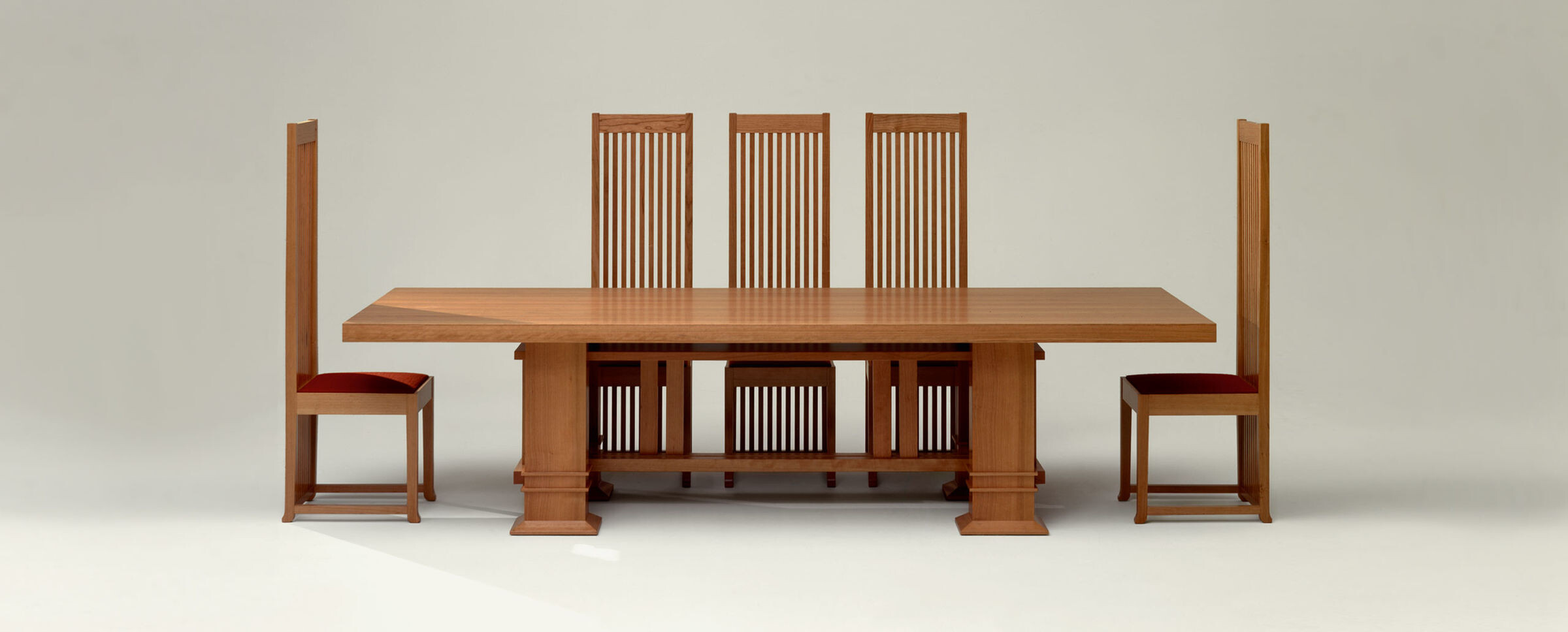
1. Robie, Frank Lloyd Wright, 1908
The Robie Chair was a design for Frank Lloyd Wright’s famous Robie House built in 1909. Typical for Wright’s Prairie style houses he not only designed the house, but also the interior, the windows, lighting, rugs, furniture and textiles. The wooden chair with the distinguished long neck was part of a dining set along with the dining room table. Most of the original furniture is part of the collection of the Smart Museum of Art at the University of Chicago.
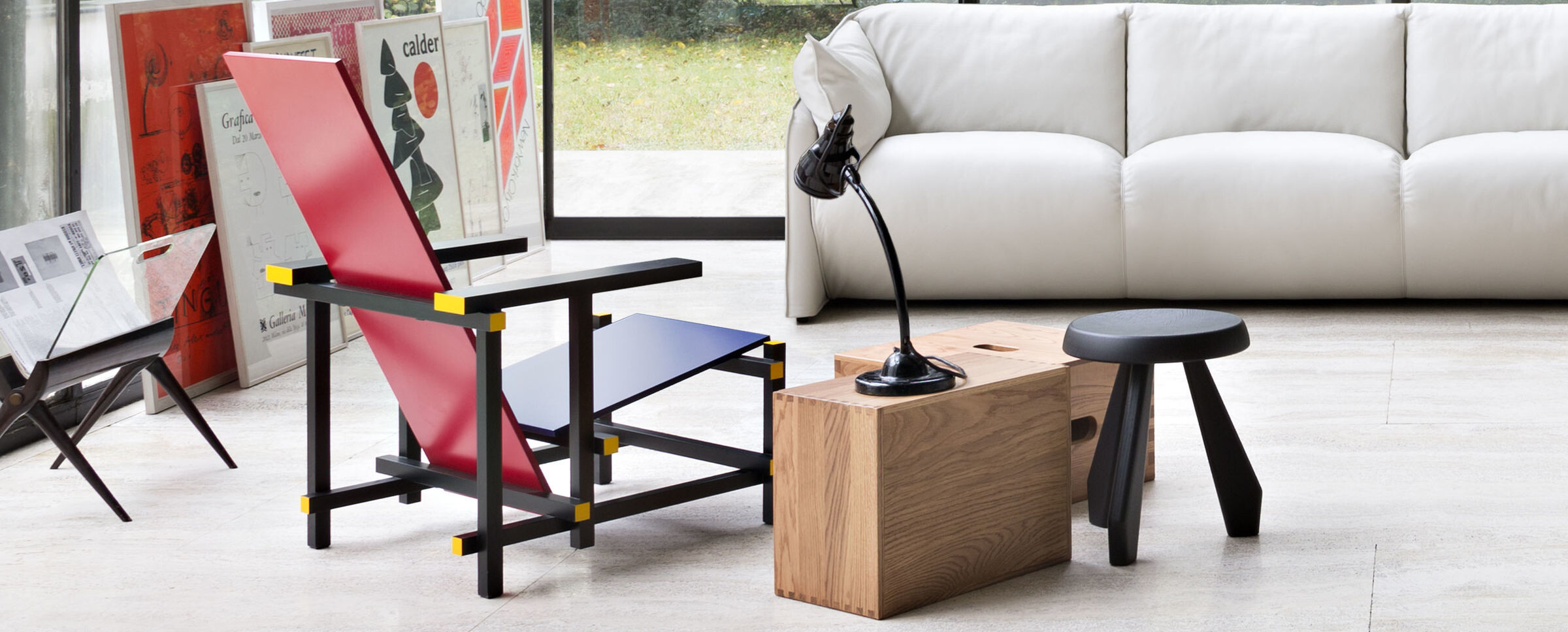
2. Red and Blue, Gerrit Rietveld, 1918
Influenced by de Stijl, an art movement that alongside Gerrit Rietveld also held Piet Mondriaan, the iconic chair was applied with primary colours and a black dyed beech frame. The plywood seat and backrest are painted in red and blue. The strong composition of lines and surfaces are linked to one another without joints.
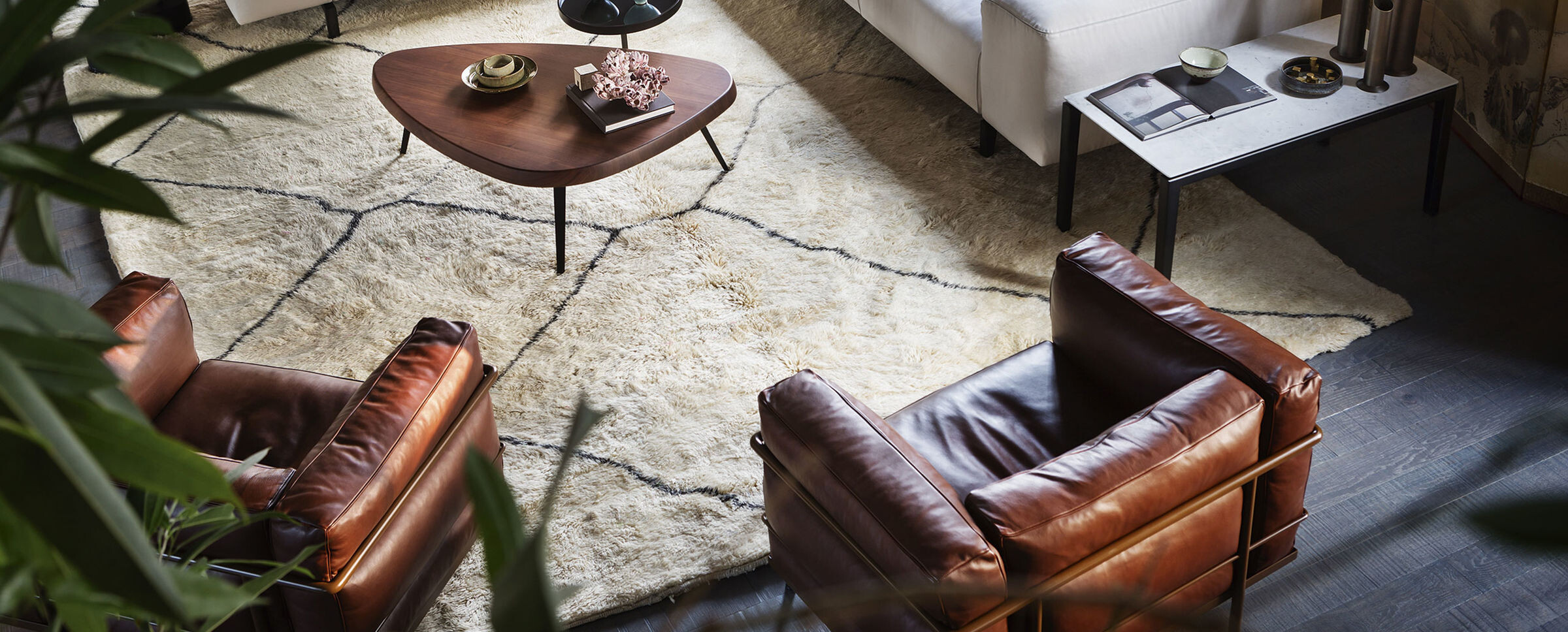
3. LC3, Le Corbusier, 1928
Four separate leather cushions are held together by a bending chrome steel tube structure. The chair was designed for the Maison la Roche in Paris and later expanded into a collection for Le Corbusier's 1929 Salon d'Automne installation, 'Equipment for the Home'.

4. Barcelona Chair, Mies van der Rohe, 1929
Mies van der Rohe designed the Barcelona chair as part of the Barcelona Pavilion. The German pavilion for the 1929 International Exposition in Barcelona. The design was inspired by the campaign chairs of Ancient Rome and like his Neue Nationalgalerie in Berlin was an effort to reinterpret an ancient classical form in a modern way.

5. Cité Chair, Jean Prouvé, 1930
Jean Prouvé designed the Cité Chair as part of a competition to furnish the student halls at the Cité Universitaire in Nancy. The distinctive structure is made of bent powder-coated steel. For is own living room Prouvé fitted the chair with broad leather belts for armrests.
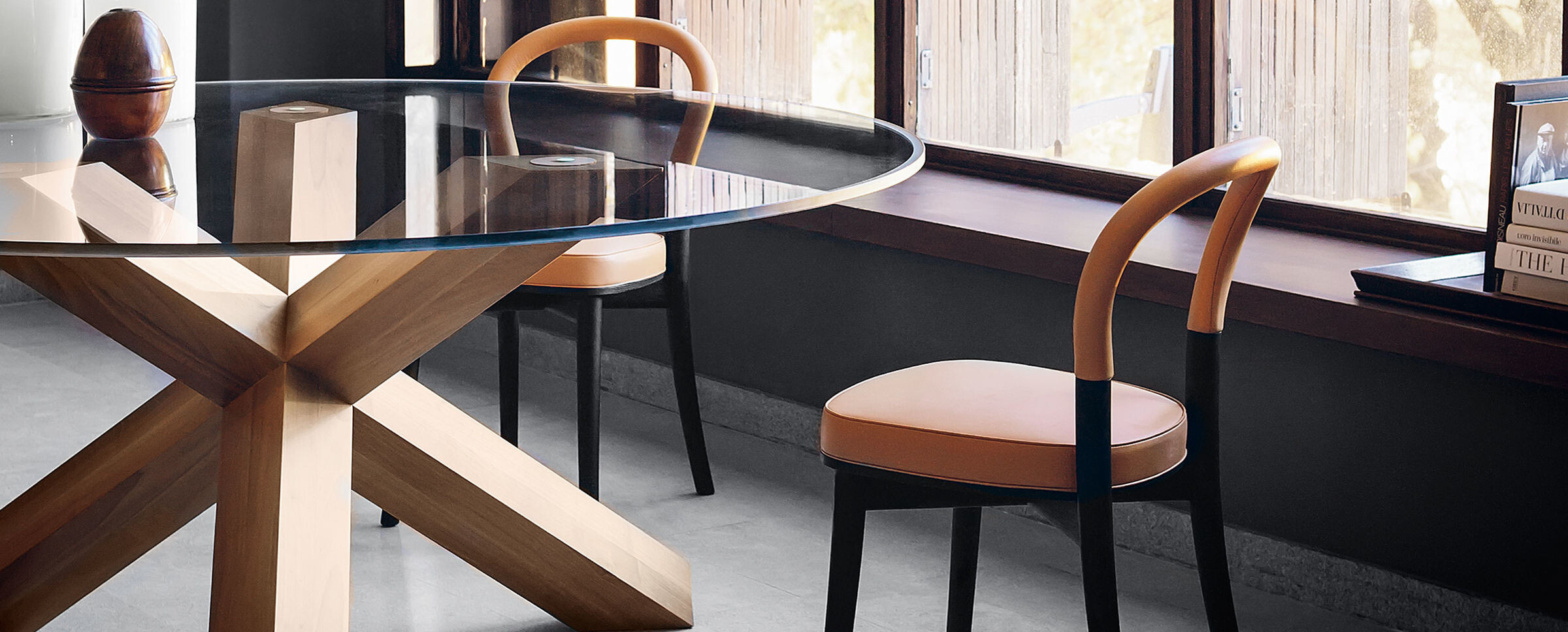
6. Göteborg, Gunnar Asplund, 1934
The Göteborg chair marks Erik Gunnar Asplunds shift from Nordic Classicism to the emerging movement of modernism. The chair has a thick tubular wooden structure fitted with a seating cushion and upholstered backrest. It is slightly reminiscent of Thonet’s famous No.14 chair.
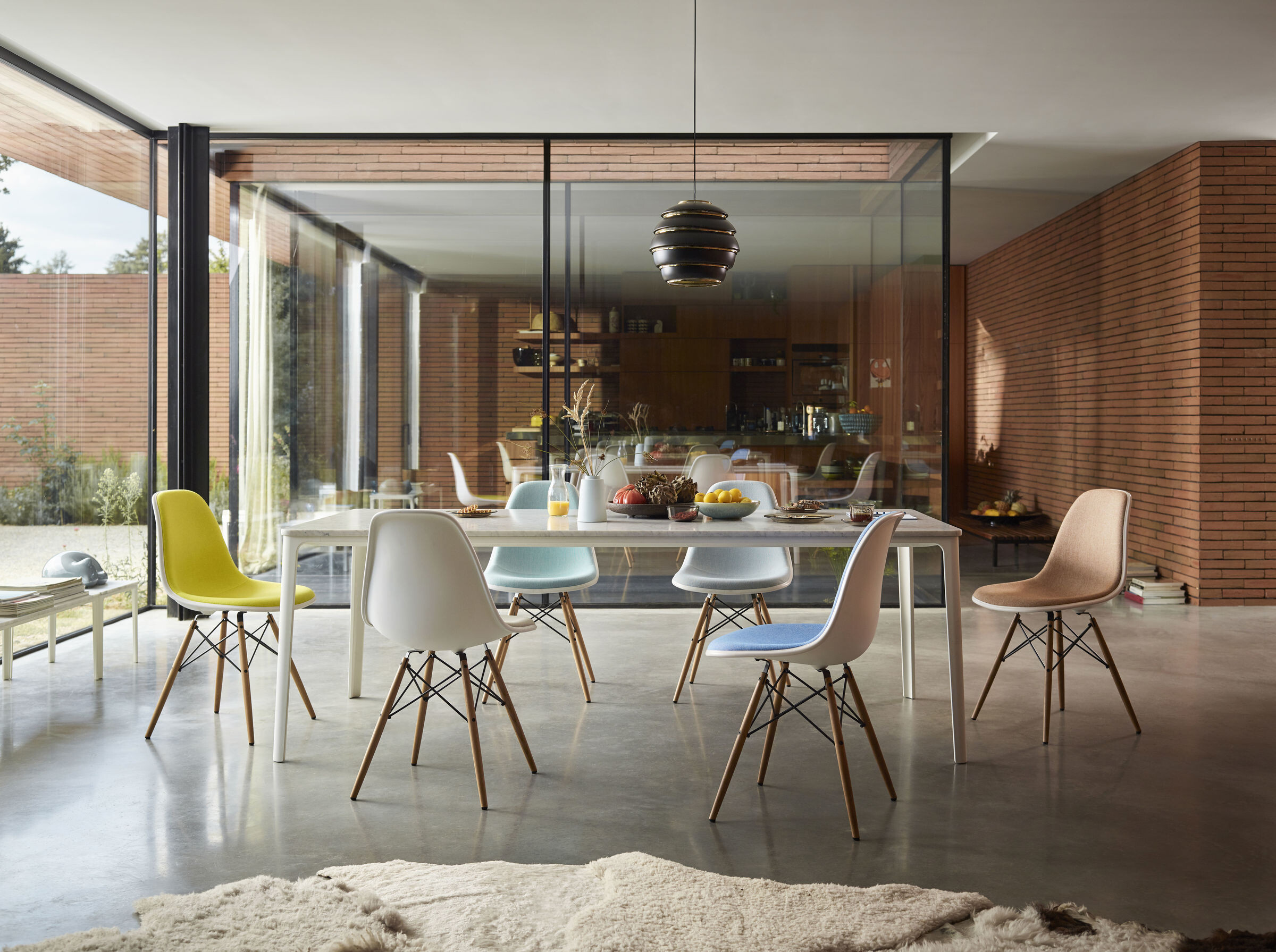
7. Eames Chair, Charles and Ray Eames, 1950
With their design motto 'Getting the most of the best to the greatest number of people for the least' Charles and Ray Eames designed a one piece-seat moulded to fit the shape of the human body. After earlier experiments with plywood and sheet aluminium their search led them to glass-fibre reinforced polyester resin. A material previously unknown in the furniture industry. The chair debuted at the 'Low-Cost Furniture Design' competition organised by the Museum of Modern Art in 1948. It was launched on the market in 1950 as the first mass produced chair in history.
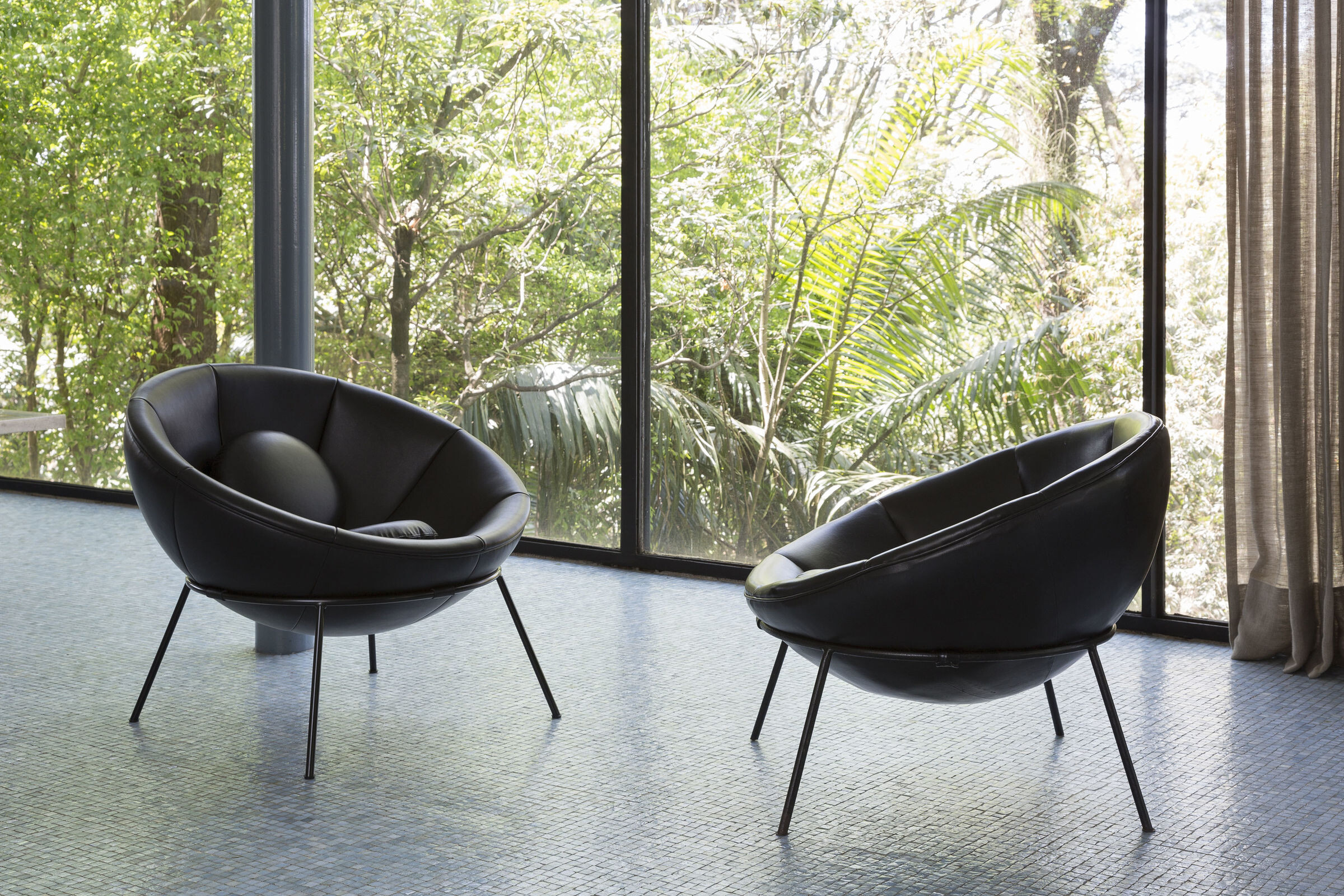
8. The Bowl Chair, Lina Bo Bardi, 1952
The Bowl Chair is a is a tilted bowl rested on a metallic ring supported by four legs. Lina Bo Bardi introduced a rounder shape to encourage a more natural and relaxing posture. As opposed to the prevailing angular and upright chairs of that time. The chair’s simple shape echoes Lina Bo Bardi's love for simple, functional, organic forms.
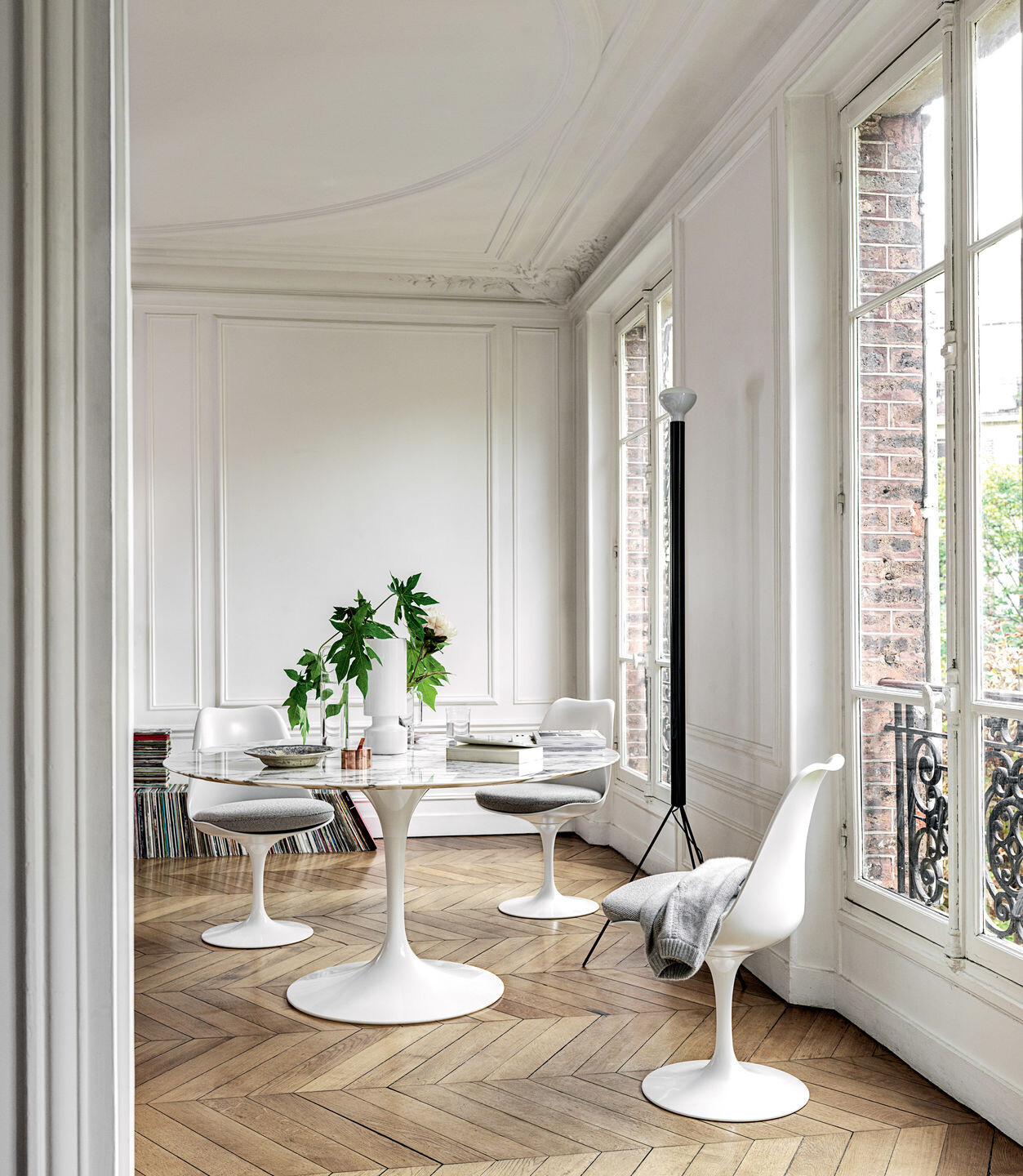
9. Tulip Arm Chair, Eero Saarinen, 1957
Eero Saarinen aimed to eliminate the "slum of legs" generated by regular chairs with four legs. Drawing on his early training as a sculptor Saarinen’s design process involved endlessly refining full scale clay models. Family and friends acted as “guinea pigs” to test the furniture in Saarinen’s house in Bloomfield Hills, Michigan.
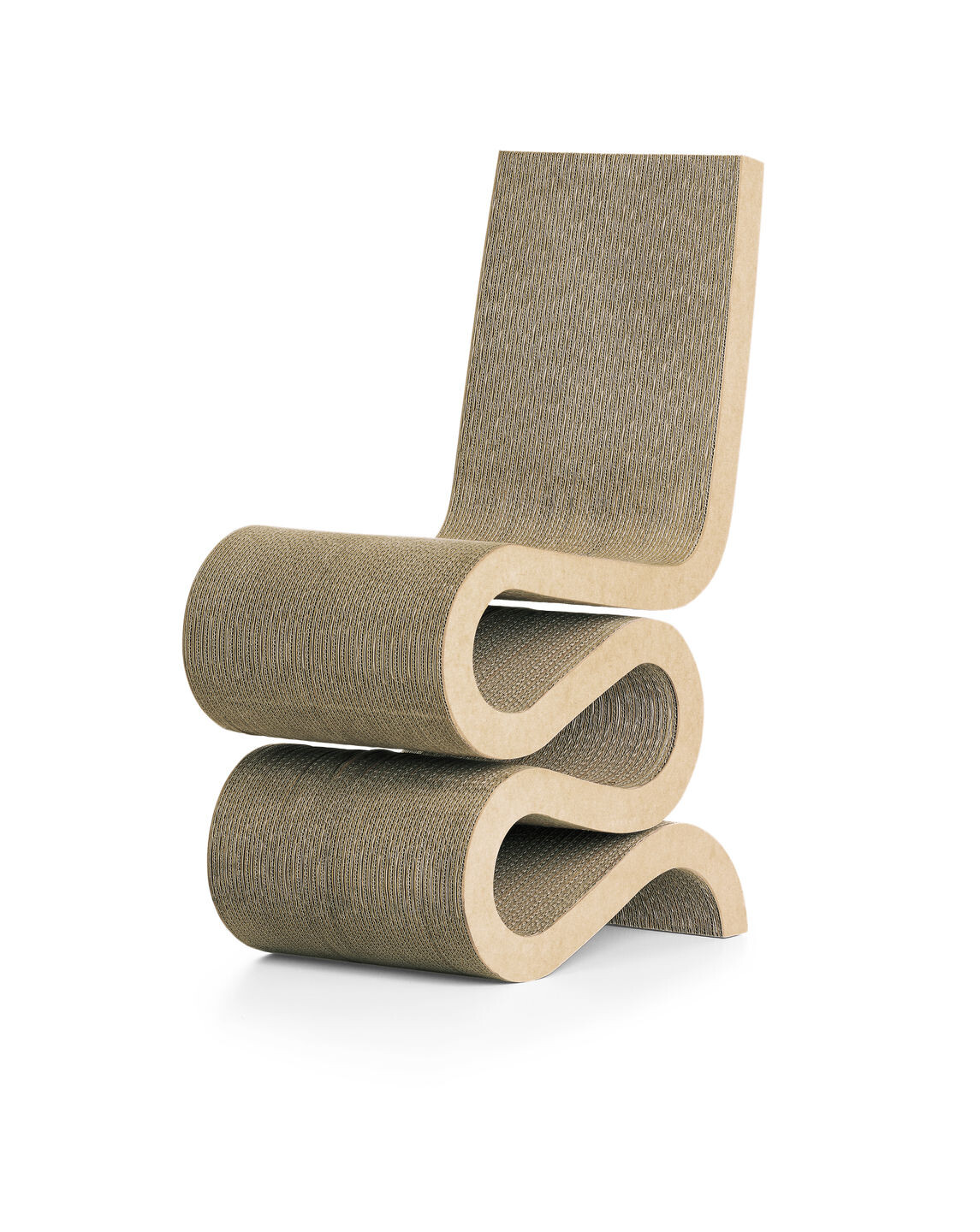
10. Wiggle Chair, Frank Gehry, 1972
Frank Gehry is known for experimenting with unusual materials. For the Wiggle Chair he chose to explore new usage for the everyday material cardboard. Its strong sculptural shape is folded into an s-shaped stack of bent corrugated cardboard. The Wiggle Side Chair is part of a furniture series called 'Easy Edges'.
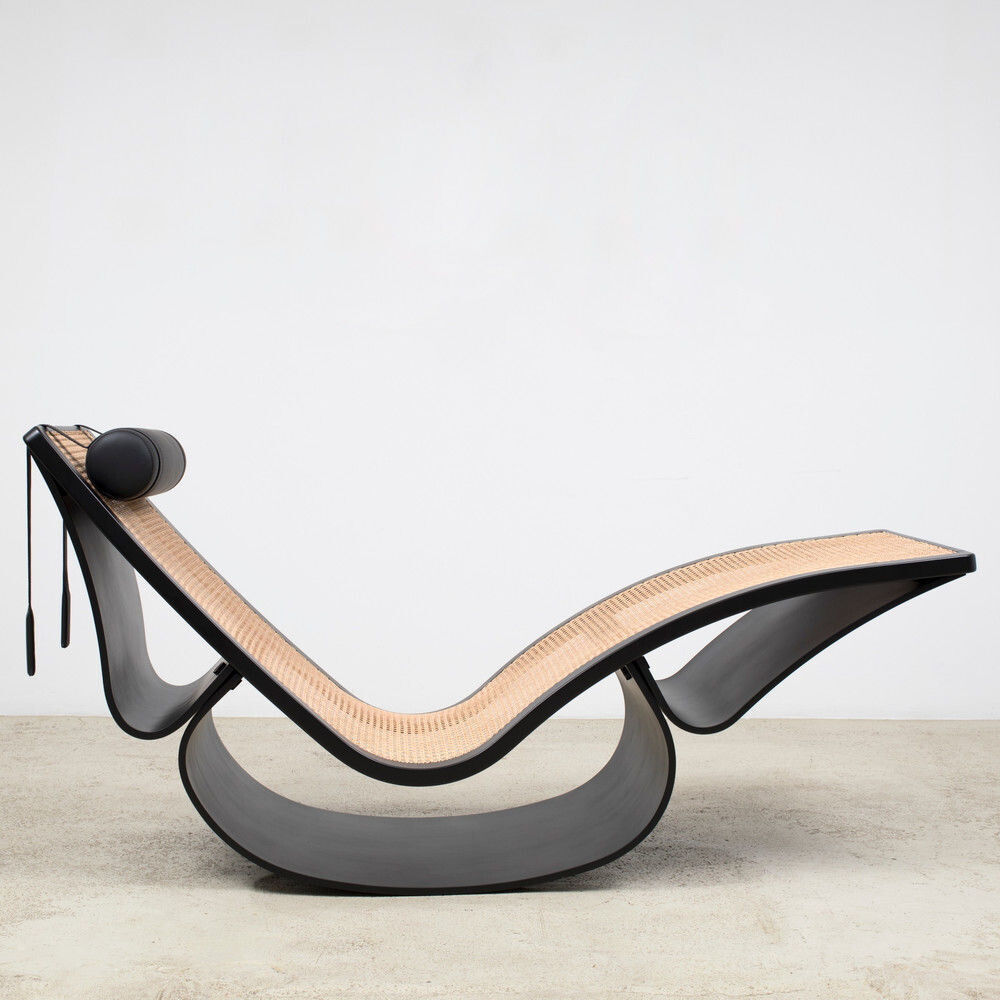
11. Rio Chaise, Oscar Niemeyer, 1978
Designed in 1978 by Oscar Niemeyer in collaboration with his daughter Anna Maria, the Rio Chaise has Niemeyer’s signature curves inspired by the women on Rio's Copa Cabana. The chair is materialized in black lacquered wood and natural cane.
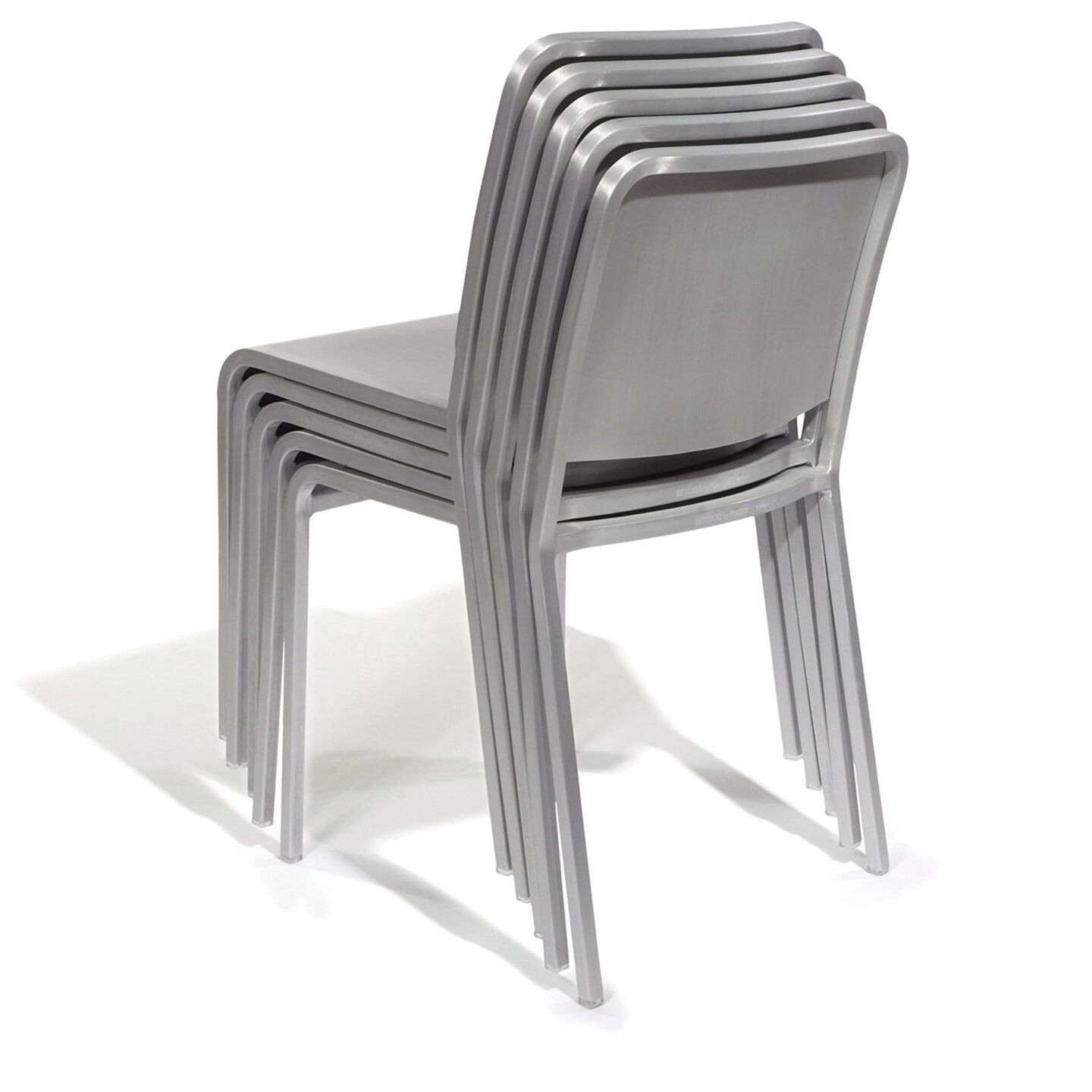
12. Emeco Chair, Norman Foster, 2006
The Emeco navy chair was first commissioned by the Navy in the 1940s for use on their warships. In 2006 Norman Foster was asked to revisit the design. He envisioned an ultra-slim aluminium frame, tempered for strength and hand-made at Emeco's Hanover Pennsylvania factory. The design uses 15% less aluminium than the original and has an estimated lifespan of 150 years.
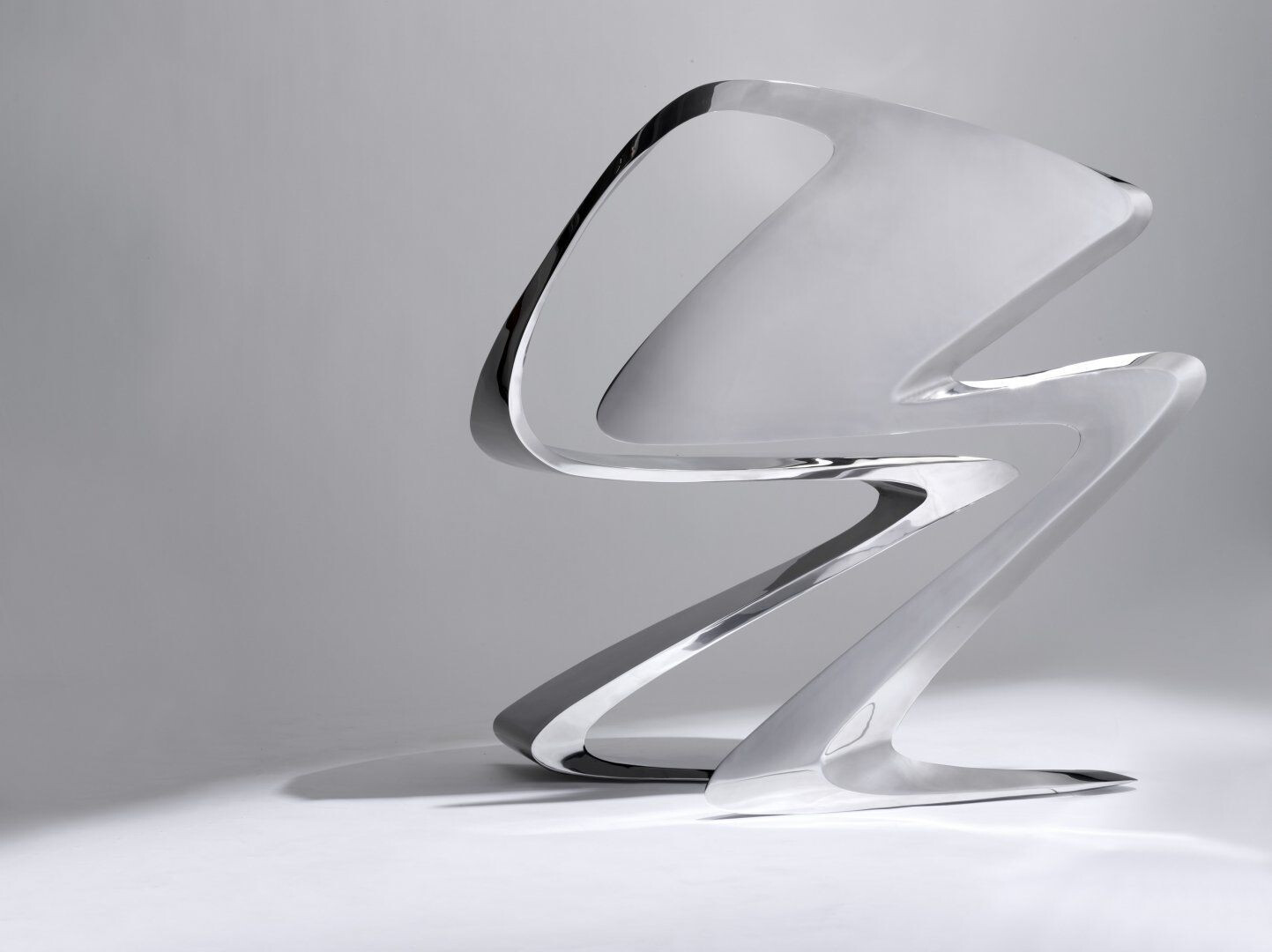
13. Z Chair, Zaha Hadid, 2011
Hadid’s recognizable fluid design resulted for Z Chair in a metal linear loop. The chair echoes the calligraphic gestures of Hadid’s two-dimensional artworks. It looks like a controlled brush stroke on a canvas.
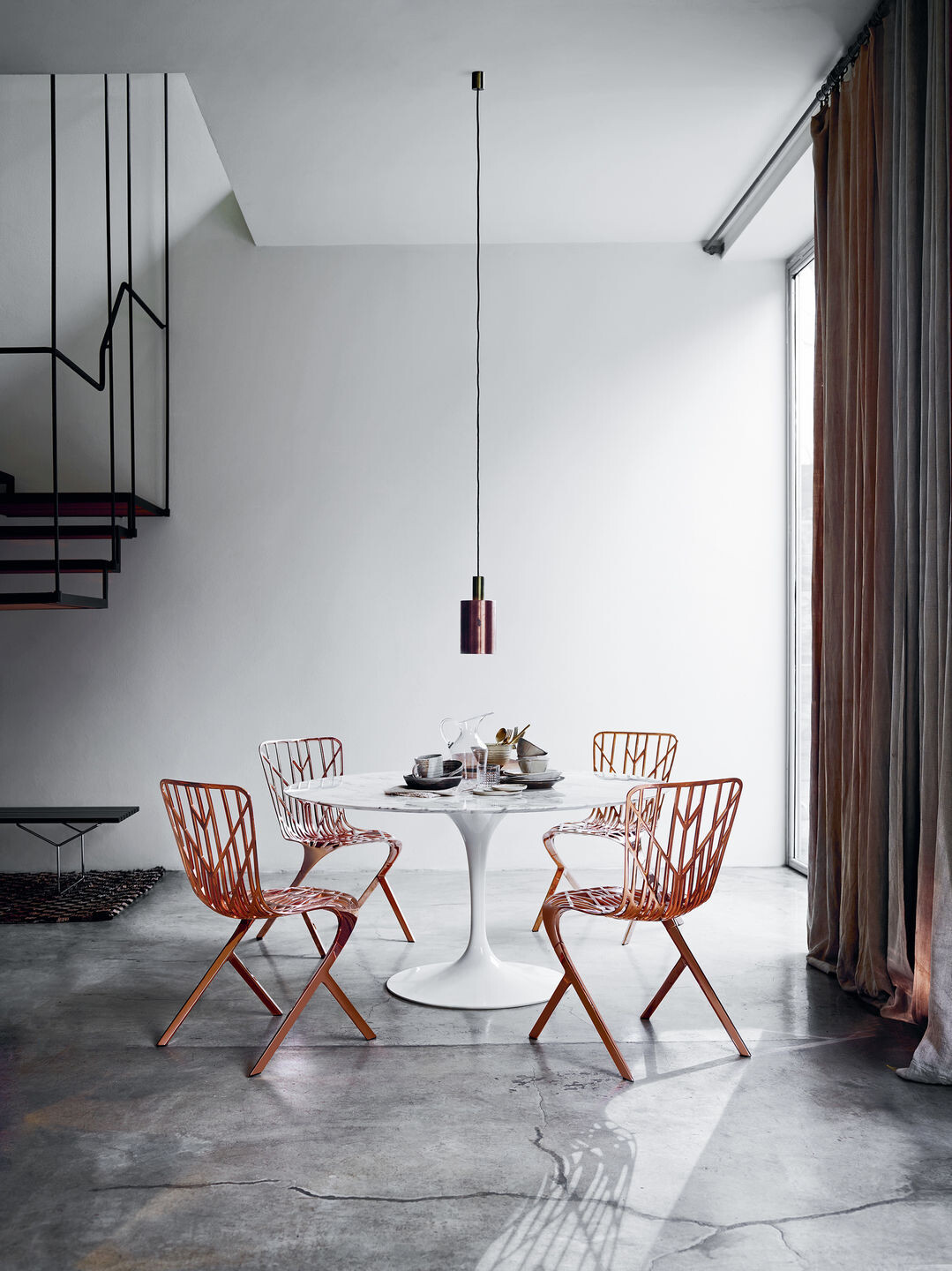
14. Skeleton Chair, David Adjaye 2013
David Adjaye reduces his design for the Skeleton chair to a fine geometric die-cast aluminum lattice. Adjaye aimed to challenge materiality and form in the same way he works within architecture. The cantilevered chair pulls off a balancing act by by connecting the overhanging seat with mortise and tenon joints to its legs.
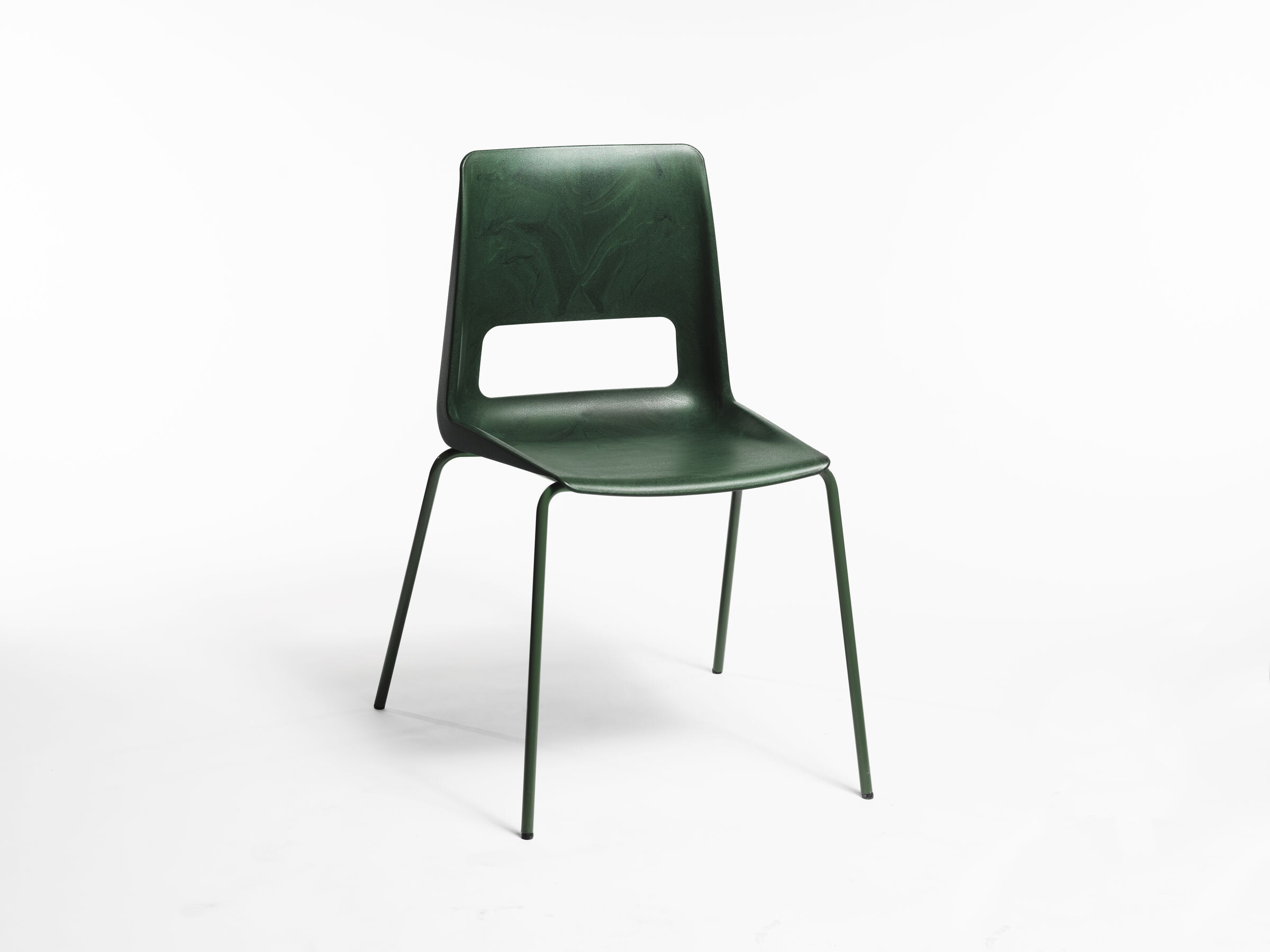
15. S-1500, Snøhetta, 2019
Snøhetta has developed, together with furniture manufacturer Nordic Comfort Products, a chair with a body made from 100 % recycled plastic from the local fish farming industry in the North of Norway. The frame is made from recycled steel. The design’s key ambition is to shift the public’s perception of used plastic as waste towards seeing it as a valuable resource.
